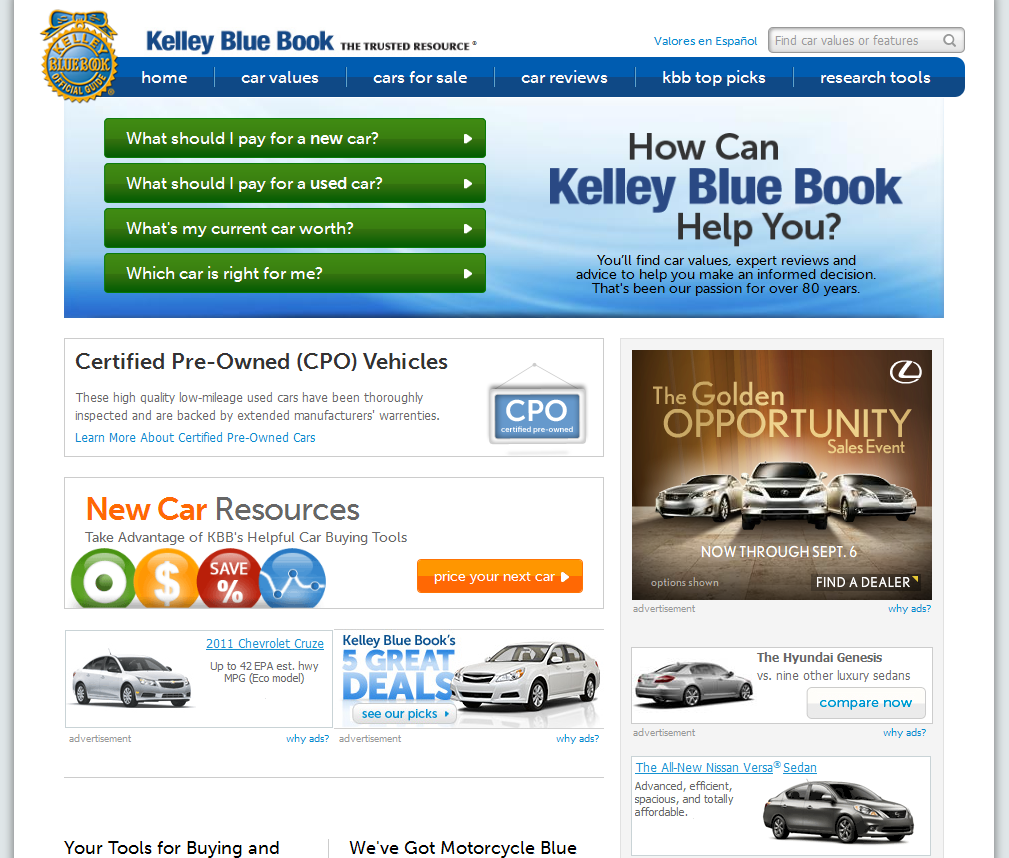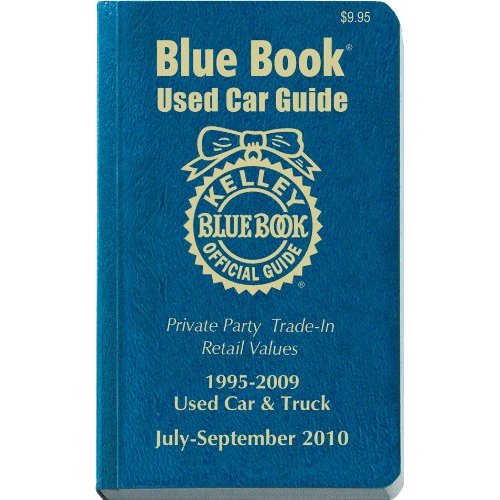Decoding the Value of Your Used ATV: A Guide to Blue Book Pricing

Navigating the used ATV market can feel like traversing a wild, unpredictable terrain. You're bombarded with listings, each promising the "best deal," but how do you know what a fair price actually is? This is where the concept of a "blue book value" for used ATVs comes into play, offering a much-needed compass in this often-confusing landscape.
Think of the blue book value as a benchmark, a starting point for understanding the worth of a pre-owned all-terrain vehicle. It’s a figure derived from a combination of factors, including the ATV’s make, model, year, mileage, condition, and even the prevailing market trends. While it’s not an absolute definitive price, it provides a valuable framework for both buyers and sellers.
However, the term "blue book value" for used ATVs isn't as straightforward as it might seem. Unlike cars, there isn't a single, universally recognized "Blue Book" publication specifically for ATVs. Instead, several resources offer similar valuation services, employing their own methodologies and data. This can lead to slight variations in estimated values, making it crucial to understand how these resources work and which ones are most relevant to your specific needs.
The practice of establishing standardized values for vehicles dates back to the early 20th century, with the automotive industry leading the way. While the concept has evolved, the core principle remains the same: to provide a reliable reference point for determining market value. For used ATVs, this translates to empowering both buyers and sellers with the information they need to negotiate confidently and make informed decisions.
Understanding the approximate ATV blue book value is paramount for several reasons. For sellers, it helps determine a reasonable asking price, maximizing their return while remaining competitive. For buyers, it offers protection against overpaying, ensuring they get a fair deal on their desired off-road machine. It also provides a neutral ground for negotiation, facilitating a smoother transaction process for both parties.
Several online platforms offer used ATV value estimations. These resources typically require you to input specific details about the ATV, including the year, make, model, and condition. The algorithms then crunch the data and provide an estimated value range. Some popular resources include Kelley Blue Book (KBB) for motorcycles (which sometimes includes ATVs), NADA Guides, and specialized ATV valuation websites.
Factors influencing a used ATV's blue book value include mileage, overall condition (including any damage or modifications), location, and current market demand. For example, a low-mileage ATV in excellent condition located in an area with high demand will typically command a higher price than a high-mileage ATV with some wear and tear in a region with low demand.
Benefits of using these valuations include informed purchase decisions, fair pricing strategies, and smoother negotiations. Understanding the market value empowers buyers to walk away from overpriced listings and gives sellers the confidence to set realistic asking prices.
Advantages and Disadvantages of Using Blue Book Value for Used ATVs
| Advantages | Disadvantages |
|---|---|
| Provides a starting point for negotiations | Doesn't account for every specific feature or modification |
| Helps avoid overpaying or undervaluing | Can vary between different valuation sources |
| Offers a neutral reference point for buyers and sellers | Doesn't replace a thorough inspection |
Best Practices:
1. Consult multiple valuation sources.
2. Factor in condition and mileage.
3. Research local market trends.
4. Be prepared to negotiate.
5. Inspect the ATV thoroughly.
FAQs:
1. Q: What is blue book value for a used ATV? A: It's an estimated market value based on various factors.
2. Q: Where can I find this information? A: Several online resources provide ATV valuations.
3. Q: Is it the final price? A: No, it’s a starting point for negotiation.
4. Q: What factors influence the value? A: Make, model, year, mileage, condition, and market demand.
5. Q: How accurate are these valuations? A: They provide a good estimate, but not an absolute price.
6. Q: Should I negotiate based on the value? A: Yes, it’s a valuable tool for negotiation.
7. Q: What else should I consider when buying a used ATV? A: A thorough inspection is essential.
8. Q: How can I maximize the resale value of my ATV? A: Proper maintenance and care are crucial.
In conclusion, understanding the concept of blue book value for used ATVs is crucial for anyone looking to buy or sell these off-road vehicles. While there isn't a single, definitive "Blue Book" for ATVs, various resources offer valuable estimations that empower buyers and sellers to make informed decisions. By considering factors like make, model, year, mileage, condition, and market demand, and by consulting multiple valuation sources, you can navigate the used ATV market with confidence. Remember that the blue book value is a starting point, not the final price. Always inspect the ATV thoroughly and be prepared to negotiate to ensure you get the best possible deal. Empowering yourself with this knowledge ensures a smoother, more transparent transaction process, whether you’re seeking your next adventure or parting ways with your trusty off-road companion.
Red spots on arms and neck deciphered
Crafting the perfect job offer letter a simple word format guide
Mastering ap statistics unit 9 progress check mcq













